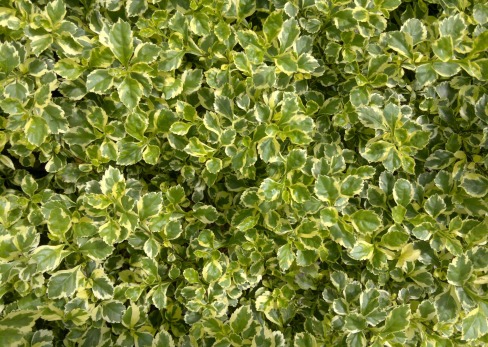Guests looking at this beautiful plant will never know what went into its creation. It doesn’t look pruned; it fits and looks great.
(Continued from Shrub Pruning for Size Control)
The reason for thinning some of the smallest shoots is that we do not need them all. Those that we leave will be needed later. They are still producing energy for the plant.
Let another year go by and repeat the entire pruning cycle. Prune out the old guys, do some thinning of the overabundance of youngest shoots, and leave everything else alone.
Full cycle
Eight years after initiating this process, we have done one complete recycle sequence. Now the old guys are the youngest shoots we left eight years ago. None of the original shoots or branches now remain.
I have decided that, with this species in this place, an eight-year-old shrub works. It looks good, has a natural form, flowers on the oldest branches, and keeps me occupied. Guests looking at this beautiful plant will never know what went into its creation. It doesn’t look pruned; it fits and looks great. And it is pretty much completely under control.
In theory, this practice will work for all shrubs. One problem is the age a branch needs to be in order to begin flowering. If you try doing this on a five-year cycle, some species may not flower on the old guys.
If the shrub doesn’t seem to be keeping up to this much pruning, try taking a year off. These are guidelines, not hard and fast rules.









